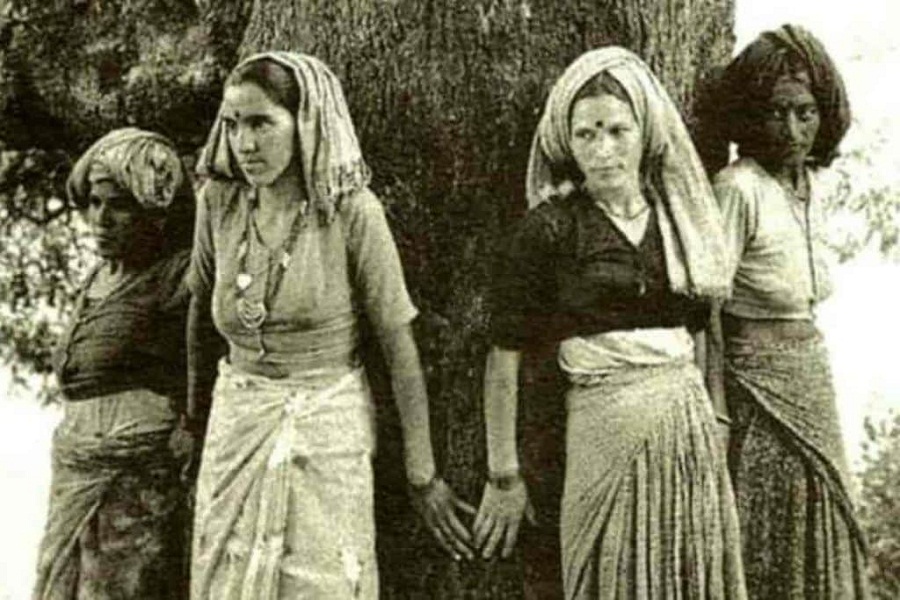
Published :
Updated :

Chipko movement was a nonviolent environmental movement in India. It is also known as the world's first ecofeminist movement. When deforestation and native forest-dependent communities reached a critical situation in Uttar Pradesh, local people initiated this movement, employing Mahatma Gandhi's principles of nonviolence. This movement led to a reduction in deforestation rates in the Indian hilly areas and forced the government to renovate the forest law.
Since independence, India's economy has been reliant on its forests and natural resources, which are also essential to the local population's ability to survive.
The British-imposed Forest Laws of 1878 and 1927, which granted the government authority over the nation's forest resources, created a tense relationship between local people and woods.
In response, the Chipko movement was born, which empowered local communities by resisting unlawful deforestation and contesting the government's ability to impose restrictions on forest use.
The Chipko movement primarily started in 1973 to free local communities from restrictions on the use and management of forests. Inspired by Mahatma Gandhi's nonviolent movement, it started in the forested regions of the Himalayas.
Protesters began hugging trees, leading to the movement being named Chipko, derived from the Hindi word 'Chipko', meaning 'to hug.' Soon, this movement rapidly spread from the Himalayan region to the entire nation.
The Chipko movement is a potent demonstration of women's agency as well as a lamentable manifestation of local displacement.
Since forest rules prohibited men from making a living in the forest, women took the initiative to defend their customs and communities.
This active participation of women in the movement is why it is called an Ecofeminist movement, a term that celebrates their strength and resilience.
When the Chipko movement spread across India, several leaders emerged to strengthen the movement's message at the national and international levels.
One notable leader among them was Sundarlal. He embarked on an activist life against deforestation, starting a trend that continued for many years.
Since the 1960s, he continuously raised awareness about the implications of existing laws and their impact on the local communities. In 1972, he actively joined the fight against deforestation and worked to strengthen the Chipko movement.
He also established a foundation to support the cause. Following of this goal, he undertook a long march in Uttarakhand in 1973 and 1975.
In 1980, after over ten years of unrelenting effort, the Chipko movement finally found success.
In that same year, the Forest Conservation Act of 1927 was revised, which was a significant win for the cause. The movement impacted Uttarakhand, Himachal, the entire nation, and the Himalayan area.
This inspiring tale gives hope for the strength of group action by showing how coordinated grassroots resistance can impact national policy and result in regulatory reforms.
One notable instance of Gandhi's impact on peaceful ideals is the Chipko movement. This trend inspired many excellent pieces.
In 1993, Vandana Shiva, a recipient of the Livelihood Award for domestic seed conservation, acknowledged the Chipko movement as a significant source of inspiration for her work. Among the many slogans of the Chipko movement, one of the most famous is "Ecology is the permanent economy."
injamamulhaquejoy@gmail.com


 For all latest news, follow The Financial Express Google News channel.
For all latest news, follow The Financial Express Google News channel.